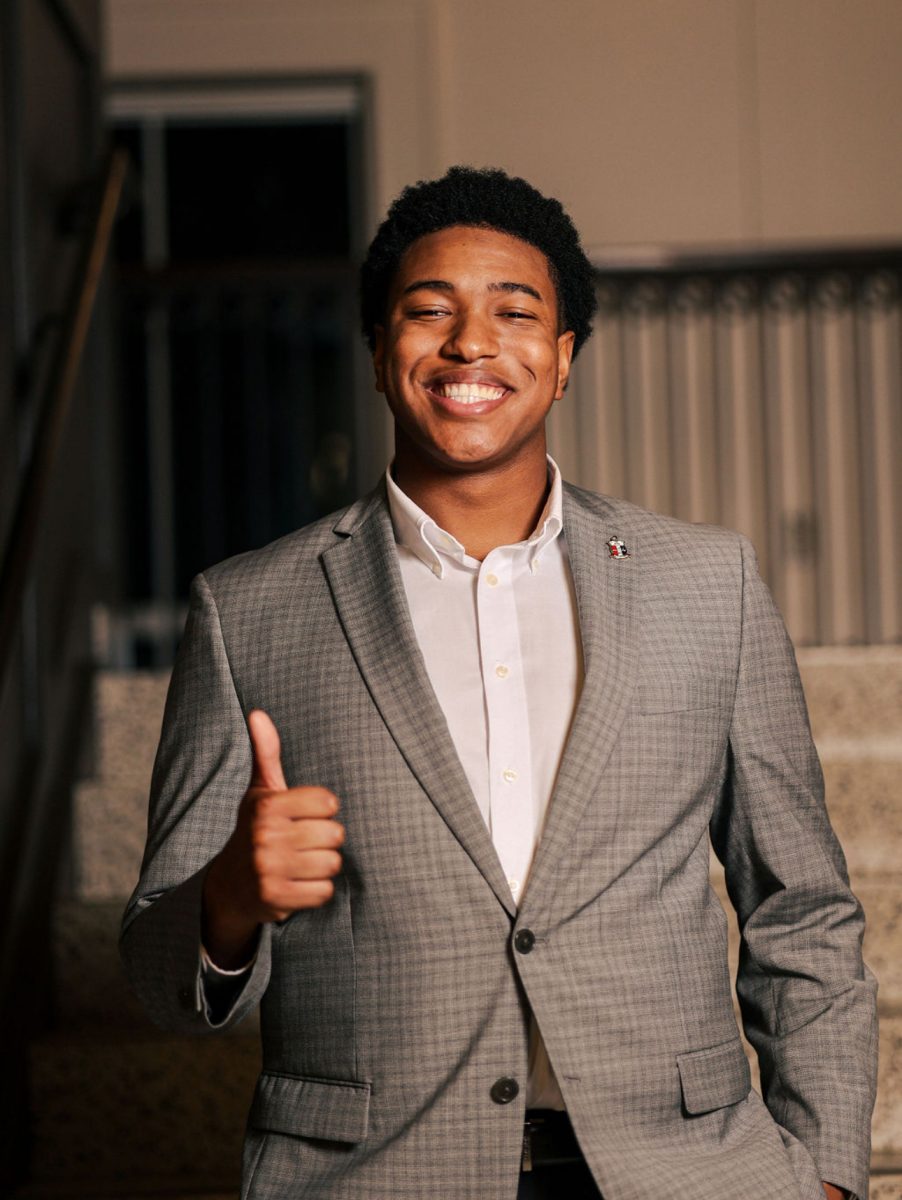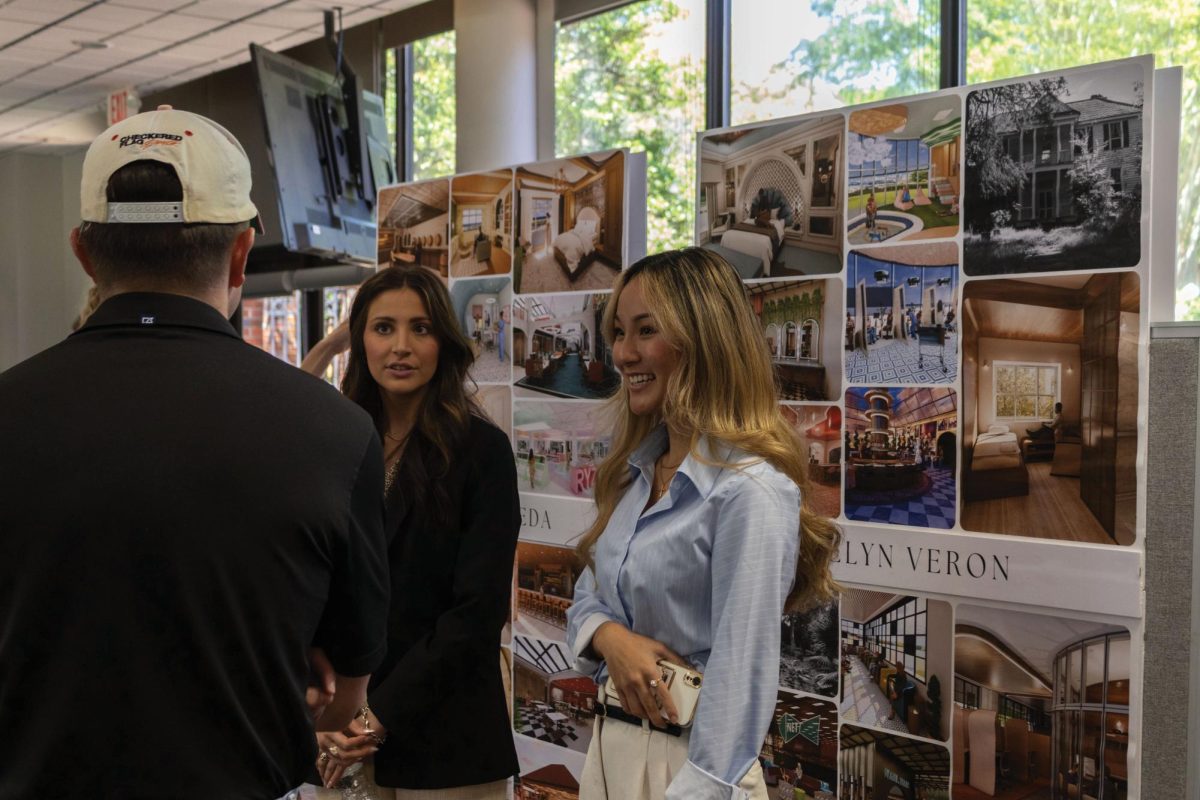Over the past two and a half years, artificial intelligence has slowly evolved from a mere science fiction concept into something accessible by anyone at almost any time. AI websites serve to do a multitude of things, from image generation to chatbots that can have entirely fleshed-out conversations with the user.
Issues arise when considering these tools with school, as with just the press of a button, these tools can write entire papers for students, summarize whole books and even be used to solve equations within seconds.
This raises a problem for professors within all fields. With the availability of open-source tools that allow students to complete assignments with minimal effort, there is concern about the authenticity of the work submitted. Professors may find it challenging to ensure that assignments reflect the students’ efforts rather than coming from generative AI.
This situation raises several important questions, including the role of artificial intelligence in a college setting. There is debate over whether AI-generated work, even when cited, holds the same value as that produced by a human. Additionally, concerns have risen about academic dishonesty.
The Mississippi State University Honor Code states, “I will not lie, cheat, or steal, nor will I accept the actions of those who do.” MSU’s official policy on generative AI is “Mississippi State University recognizes the introduction of generative artificial intelligence (generative AI) provides opportunities for scholarly rigor, intellectual integrity, and educational excellence. Nevertheless, the use of generative AI also poses issues related to academic integrity.”
The policy also said that it leaves generative AI policies to be made by each instructor. It highlights that “the student must consult the syllabus for each class they are taking to determine if and to what degree generative AI is allowed.”
A survey conducted by Inside Higher Ed shows that 31% of undergraduate students do not know when they are permitted to use generative AI in their coursework.
Seth Waite, a professor in the Department of Philosophy and Religion, said he believes that AI is a poor replacement for student writing and thinking.
“I am only ever interested in what you have to think; I do not ever care what generative AI thinks,” Waite said.
The MSU Center for Teaching and Learning has generative AI resources for instructors to use when implementing AI policies in their classrooms. They outline three options for university statements. The first level encourages students to use AI in assignments with proper citations. The second level discourages AI use, leaving it only for specific assignments. The third level completely bans AI use in the classroom.
Waite said he uses the third level.
“If you are offloading your ability to understand something to artificial intelligence, you are doing yourself a disservice,” Waite said.
One of the more nuanced issues that may arise is when using tools such as Grammarly. This tool is primarily used for spell-checking and fixing punctuation errors. However, it has been known to be flagged as artificial intelligence when run through originality reports built into Turnitin or Canvas.
In February, a student at the University of North Georgia was put on academic probation after she used the free version of Grammarly to proofread her paper. Turnitin flagged her paper for artificial intelligence use that violates the student code of conduct.
Treniece Collins, a senior sociology major, said he is hesitant to use Grammarly now.
“I rarely use tools like Grammarly now because of the chance that it can show up as plagiarism,” Collins said.
Darry Clark II, a senior music major, said he uses AI to help with his schoolwork.
“It helps give me a framework, which I can then use to write my own ideas and thoughts,” Clark said. “If there is no structure laid out for my brain, it’s hard to come up with ideas to start working with, so having AI to use as a starting point helps with that.”
This highlights an alternate perspective on artificial intelligence, where it is utilized not to circumvent working but rather to work hand-in-hand with the material covered, acting as a guiding compass instead.












